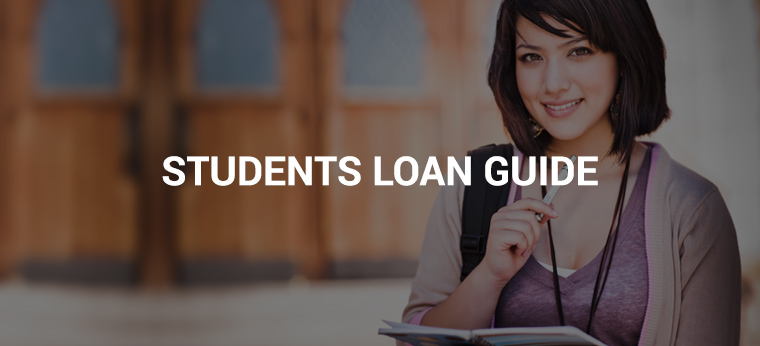
Post secondary education is an important consideration for a number of different people. Whether a person is fresh out of secondary or high school or perhaps a person is in their 30’s or 40’s and are looking for more education for a different career, post secondary education offers a lot for these two demographics and everyone in between. However, with the average cost of a post secondary education being around $80,000, most people pursuing this type of education will need financial assistance to do so. That is precisely what a student loan was created for.
The Purpose of Student Loans
These types of loans were created to help students pay for a majority, if not all, of their post secondary education. Since this type of education has historically been an expensive proposition, excluding the ability for most people to pay as they go, student loans have proven to be extremely helpful.
Who Provides Student Loans
There are many ways a person interested in post secondary studies can acquire student loans. The Canadian government provides student loans through the Canadian Student Loan Program (CSLP). In addition to this, many provinces in Canada also offer their own public post secondary loan program.
There are also any number of local banks and other lending institutions that offer private loans for education purposes. For individuals looking for specific education, such as training to become a doctor, many banks offer specific loan programs that offer additional funding.
How to Apply
In most instances, a person applying for student loans through the CSLP will only need to visit the government website for application forms. The same is true for provincial governmental funding. Applying online or in person at a bank or another lending institution for a private loan is the best way to go about getting these types of loans.
Eligibility
There are lending limitations based on time spent in school, any past student loans a person has acquired, and whether the person is a full-time or part-time student, however, the requirements for eligibility are fairly simple. A person will either need to be a citizen of Canada or a permanent resident living in Canada for at least one year. The amount of the loan my be subject to income restrictions, which could limit the amount a person can borrow. However, these restriction will vary from bank to bank as well as from province to province.
Interest Rates and Repayment
A student loan in Canada is subject to what is known as a floating interest rate. This rate is the current prime interest rate as established by the Bank of Canada with an additional 2.5% added on to that. For example, if the prime rate is 6%, by adding on the additional 2.5%, the interest on the loan would be 8.5%
There are also programs to help a person who is having difficulty repaying their loans. Some national and provincial programs offer repayment assistance, debt forgiveness and reductions in the amount owed in the event the borrower were to become disabled.
Alternate Forms of Funding
The Canadian government, its provinces, individuals, private organizations and companies also offer grant programs. These can be used as primary or additional post secondary funding. The benefit to grants is that they do not require repayment. There are various different grant programs offered by public and private organizations, so eligibility and the amount of funding will vary from one grant to another.
